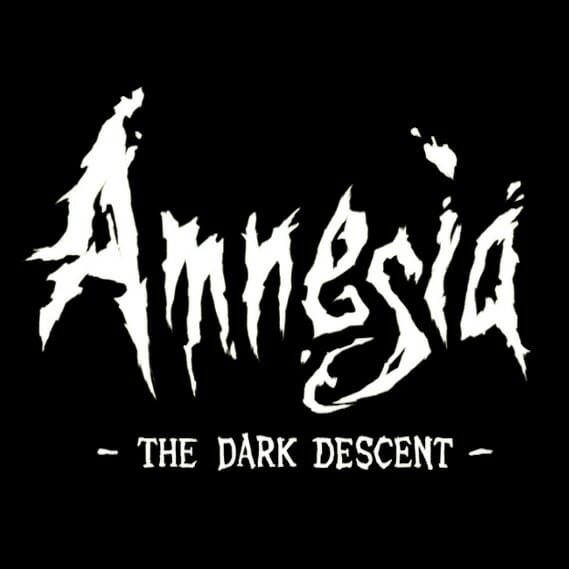Amnesia: The Dark Descent
(PC, Mac)

You’re going to die.
Whispered in the darkness, those four premonitory words distill the essence of fear. You are not dead yet—the horror lurks just outside of your vision, and you have not yet fallen beneath its claws. But you are going to die, and so this nightmare of terrible anticipation draws longer and longer with no end in sight. Crouching paralyzed in a corner, staring at the floor; knowing that any stray movement or sound could spell your doom, wishing it would just be over. You’re going to die, and there’s nothing you can do about it.
Frictional Games’ Amnesia: The Dark Descent is designed with a singular purpose—to cultivate fear in its purest form. The first-person horror-adventure seeks to reduce players to twitchy, terrified wrecks, shaking shells of their former selves who cower in the darkness and leap out of their skins at the slightest provocation. It’s a nasty piece of work, and it does what it does quite well.
I can’t go in the water oh god I can’t go in the water, it can feel me when I’m in the water and it comes splashing, grunting, hungry or angry or I don’t know and I run and run and climb but still I can hear it, sloshing around behind me, sniffing, searching. I’ll never make it down that hall, never get out of this stinking hole, there’s nowhere to hide just me and the water and that… thing.
Games in the “Survival-Horror” genre (as it has perplexingly come to be known) generally share a few core traits. In addition to the usual zombie/serial-killer/creepy-little-girl antagonist, there is an emphasis on discretion over action, usually due to a scarcity of weapons and ammunition. Player-characters are also more frail than they are in action-oriented fare, which forces players to move at a slow, cautious pace. Power-ups and healing items are scarce, and deliberately clunky controls make combat overwhelming enough that it’s best avoided altogether.
Games like Resident Evil and Silent Hill pioneered survival-horror back in the 1990s, setting forth a template that arguably peaked with Masashi Tsuboyama’s sublimely terrifying Silent Hill 2. Unfortunately, things seem to have gone a bit awry in recent years. If I had to chose a culprit, I’d blame Resident Evil 4. Shinji Mikami’s 2005 masterpiece revitalized the venerable Resident Evil formula by upping the pace, placing the camera over the protagonist’s shoulder and making gunplay a more integral part of the game. It worked, it was awesome, and it sold really well. Then it became a template for countless imitators.
Recent survival-horror games like Alan Wake, Dead Space, the Alone in the Dark reboot and even Resident Evil 5 have all taken more than a few pages from the Resident Evil 4 playbook, and while each of those games had its moments of spookiness, each one also overemphasized the “survival” part of the survival-horror equation. Machine guns, flame-throwers, explosives, co-op partners, regenerating health bars and bullet-filled crates skewed the experience and left any trace of real dread far behind. For a time, it seemed that videogames’ enduring love affair with male empowerment fantasies had permanently derailed much of what made horror games scary in the first place.
You’re going to die.
You’re cowering in the dark, just out of the light, and you can hear it. It must have seen you; it shrieked just before you ran. You can hear it breathing…moving…swallowing. Is it behind you? You would turn and look, but your mind cannot take the strain and it would surely break… already you hear the ghastly chittering of madness, cockroaches chewing at the edges of your sanity. Too much more and it will hear you, oh yes. It will hear your madness and it will come running, panting, screaming out of the darkness, rending your flesh as your mind snaps and your heart stops.
